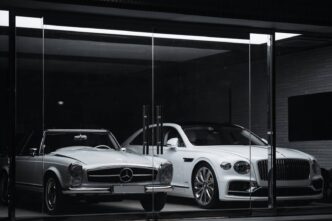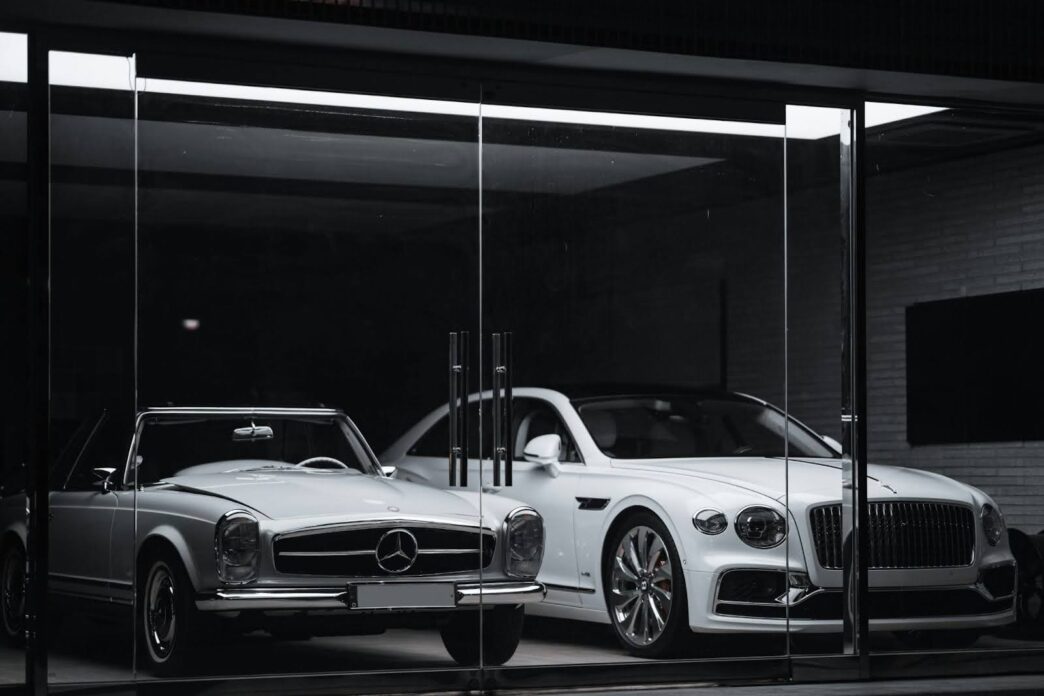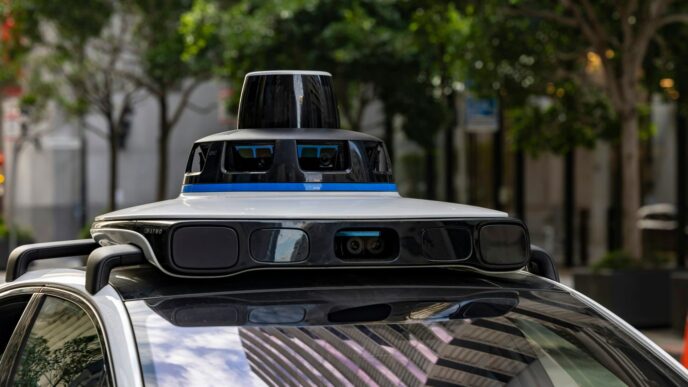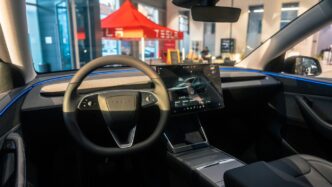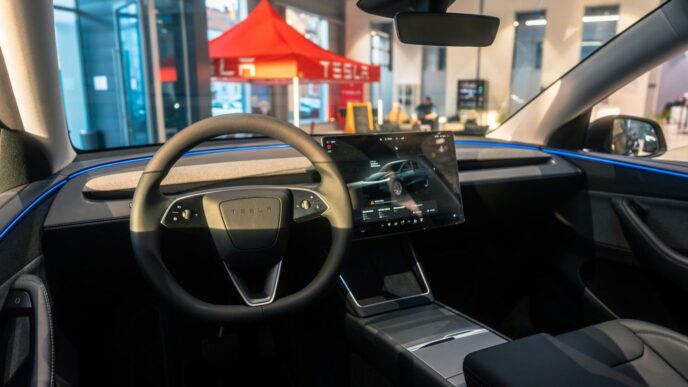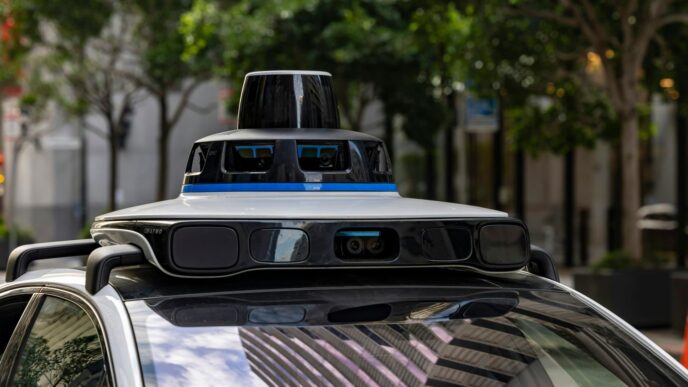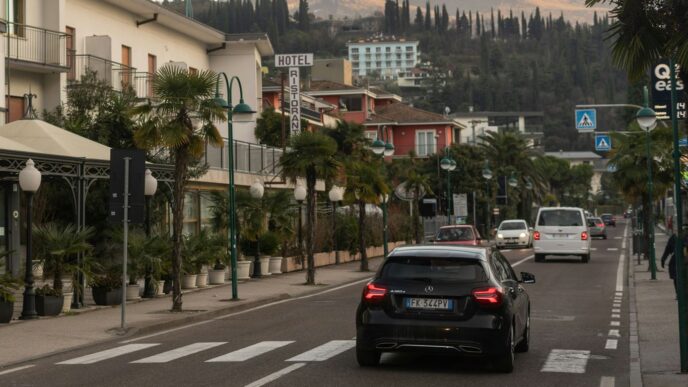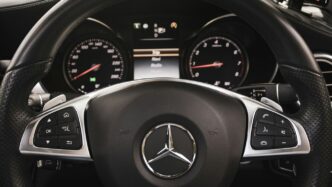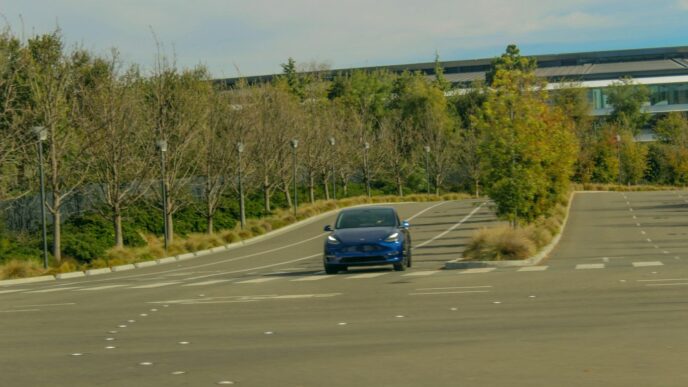For decades, automotive luxury was defined by what you couldn’t have. Cars were louder, fussier, more temperamental. They smelled of oil and leather and occasionally fear. And that was the point. Ownership wasn’t meant to be easy — it was meant to be exclusive.
Now, that definition is shifting. A new wave of luxury consumers is asking different questions. What if a beautiful car wasn’t just rare, but usable? What if it could be sustainable, individual, and still turn heads without leaving a trail of fumes behind?
That’s the question Everrati, a UK-based electric vehicle company, is trying to answer. Their mission: take the world’s most iconic classic cars — think Porsche 911s, Land Rovers, even the Ford GT40 — and give them a second life through electric propulsion. Not as static museum pieces or weekend-only toys, but as real, drivable, everyday machines.
“I’ve always loved classic cars, but the reality is that most of them aren’t much fun to actually live with,” says Justin Lunny, Founder & CEO of Everrati. “What excites me about the journey we’re on is giving these icons a second life… Making them electric doesn’t take away their soul, it makes them more usable, more sustainable and honestly, more thrilling.”
It’s a bold statement — one that reflects a broader shift in how luxury is being defined today.
A Brief History of Automotive Taste
Luxury motoring used to be about presence. Long hoods, chrome accents, and roaring V12s. The louder, the better. Post-WWII affluence in the West brought with it a surge in powerful touring cars, coachbuilt rarities, and the rise of brands like Rolls-Royce, Ferrari, and Jaguar. Performance and prestige were often inseparable.
But as environmental concerns gained momentum in the late 20th century, so too did the idea that true luxury might involve restraint. Toyota’s launch of the Prius in 1997 helped normalize the hybrid, and Tesla’s Roadster in 2008 gave the electric vehicle something it had never had before: sex appeal. Still, EVs remained largely a novelty for over a decade.
Today, the playing field is different. Hybrids are ubiquitous. Electric SUVs are mainstream. Even Ferrari has pledged to electrify. But in this new world, taste is diverging. Some crave hyper-modern minimalism. Others still want their car to feel like a car — just not one that breaks down every other Sunday.
From High Maintenance to High Taste
What Everrati offers is part restoration, part reimagination. The body stays, the soul evolves. The engine bay gets an electric heart. What was once loud, leaky, and gloriously analog becomes quiet, clean, and deceptively simple. Yet the aesthetic — the part people fell in love with in the first place — remains untouched.
It’s not just a mechanical shift. It’s cultural. Younger luxury consumers today — particularly Millennials and Gen Z — increasingly value sustainability, usability, and individuality over pure horsepower. They don’t want a car that sits idle for 11 months a year. They want something timeless that also fits into a modern life.
“For me, that’s what real luxury is now: something beautiful, individual and built to be enjoyed,” Lunny adds.
A Future That Looks Backward (In a Good Way)
None of this means the internal combustion engine will disappear overnight. Much like horses didn’t vanish when the automobile arrived, classic petrol cars will continue to have their place — in collections, at concours events, and for those who enjoy the smell of petrol with their morning drive.
But the shift is undeniable. What used to be rare and aspirational is becoming more adaptable. And in that evolution, the definition of luxury is being quietly rewritten.
In the future, it may no longer be enough for a car to be exclusive. It will also need to be personal, purposeful — and practical. If nothing else, the rise of electric classics suggests that sometimes, moving forward means embracing the past — just with fewer oil changes.

